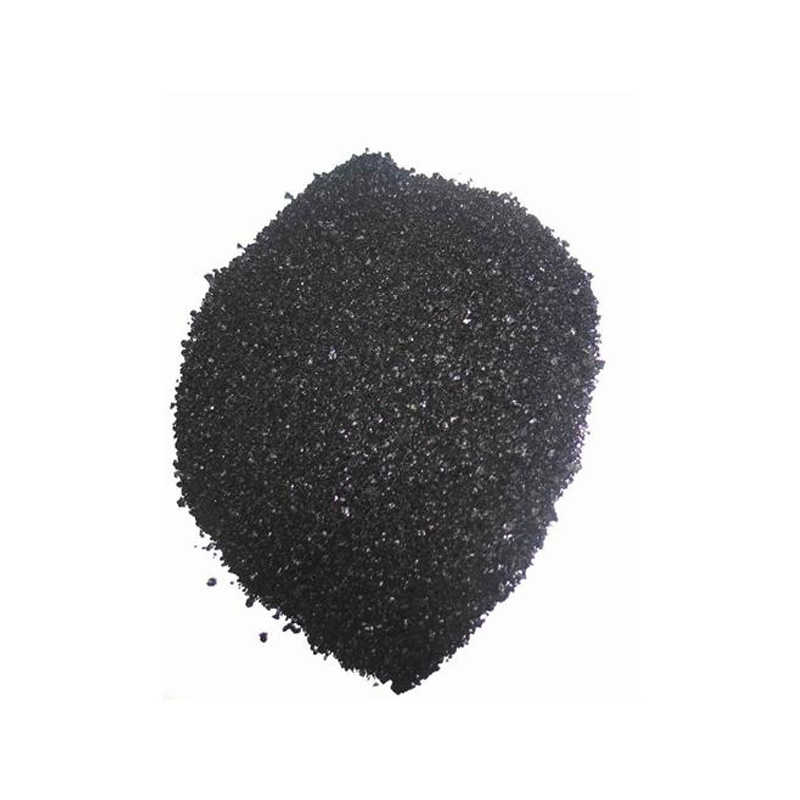Production of Sulphur Dyes in Industrial Facilities for Textile and Fabric Applications
The Role of Sulphur Dyes in the Textile Industry
Sulphur dyes have gained significant prominence in the textile industry due to their unique properties and characteristics that cater to the evolving needs of fabric coloration. These dyes provide an effective solution for various textiles, particularly cotton and polyester blends, due to their excellent wash and light fastness, affordability, and vibrant color offerings. This article explores the manufacturing process of sulphur dyes, their applications, advantages, and environmental considerations.
Understanding Sulphur Dyes
Sulphur dyes are organic compounds derived from the sulfur group, which can be easily manufactured, typically in the form of sodium salts. Their chemical structure allows for the formation of insoluble colored complexes when applied to fabrics. The dyeing process usually involves two stages first, the dye is reduced to a soluble form, allowing it to penetrate the fabric; then, the fabric is oxidized, reverting the dye to its insoluble state, which fixes the color onto the material.
Manufacturing Process
The production of sulphur dyes involves several key steps. Initially, raw materials, including elemental sulfur, are subjected to chemical reactions to form sulphur-containing intermediates. These intermediates are then treated with other chemicals to create various soluble dyes. Factories dedicated to producing sulphur dyes are equipped with specialized reactors, filtration systems, and drying units to ensure that the dyes are consistent in quality and color.
Safety is paramount in sulphur dye manufacturing. Factories must adhere to strict regulations to handle chemicals properly and minimize environmental impact. Advanced waste management systems are generally implemented to treat effluents generated during the dyeing process, ensuring that any discharge meets environmental standards.
Applications and Advantages
sulphur dyes factory

Sulphur dyes are primarily used in the dyeing of cotton and other cellulose fibers, making them essential in the production of denim, canvas, and other textiles. Their affinity for cellulose allows for deep shades that are both vibrant and durable. In addition to cotton, sulphur dyes are increasingly used on synthetic fibers, offering versatile applications across the textile spectrum.
One of the key advantages of sulphur dyes is their exceptional wash fastness; textiles dyed with these dyes can withstand multiple washes without significant fading. Additionally, they possess good light fastness, making them suitable for outdoor fabrics and garments exposed to sunlight. The low cost of production compared to other dye types makes sulphur dyes a popular choice for manufacturers looking to offer high-quality products at competitive prices.
Environmental Considerations
As with any industrial process, the production and application of sulphur dyes come with environmental implications. The dyeing industry has faced criticism for pollutive practices, primarily due to the discharge of hazardous chemicals into water bodies. In response, the industry is shifting towards more sustainable practices, including the development of eco-friendly sulphur dyes and closed-loop systems that minimize waste production.
Manufacturers are investing in research and development to create dyes that are biodegradable and less toxic, addressing both consumer demand for environmentally friendly products and regulatory pressures. Furthermore, ongoing advancements in dyeing technologies, such as digital printing and waterless dyeing techniques, are paving the way for a more sustainable future in textile coloration.
Conclusion
In summary, sulphur dyes play a crucial role in the textile industry, providing vibrant and durable color solutions for a wide range of fabrics. While challenges related to environmental impact remain, the industry's commitment to sustainability and innovation promises a brighter future for sulphur dyeing processes. As technology advances and consumer awareness grows, sulphur dyes will continue to evolve, meeting the demands of both manufacturers and the environment.
-
The Timeless Art of Denim Indigo Dye
NewsJul.01,2025
-
The Rise of Sulfur Dyed Denim
NewsJul.01,2025
-
The Rich Revival of the Best Indigo Dye
NewsJul.01,2025
-
The Enduring Strength of Sulphur Black
NewsJul.01,2025
-
The Ancient Art of Chinese Indigo Dye
NewsJul.01,2025
-
Industry Power of Indigo
NewsJul.01,2025
-
Black Sulfur is Leading the Next Wave
NewsJul.01,2025

Sulphur Black
1.Name: sulphur black; Sulfur Black; Sulphur Black 1;
2.Structure formula:
3.Molecule formula: C6H4N2O5
4.CAS No.: 1326-82-5
5.HS code: 32041911
6.Product specification:Appearance:black phosphorus flakes; black liquid

Bromo Indigo; Vat Bromo-Indigo; C.I.Vat Blue 5
1.Name: Bromo indigo; Vat bromo-indigo; C.I.Vat blue 5;
2.Structure formula:
3.Molecule formula: C16H6Br4N2O2
4.CAS No.: 2475-31-2
5.HS code: 3204151000 6.Major usage and instruction: Be mainly used to dye cotton fabrics.

Indigo Blue Vat Blue
1.Name: indigo blue,vat blue 1,
2.Structure formula:
3.Molecule formula: C16H10N2O2
4.. CAS No.: 482-89-3
5.Molecule weight: 262.62
6.HS code: 3204151000
7.Major usage and instruction: Be mainly used to dye cotton fabrics.

